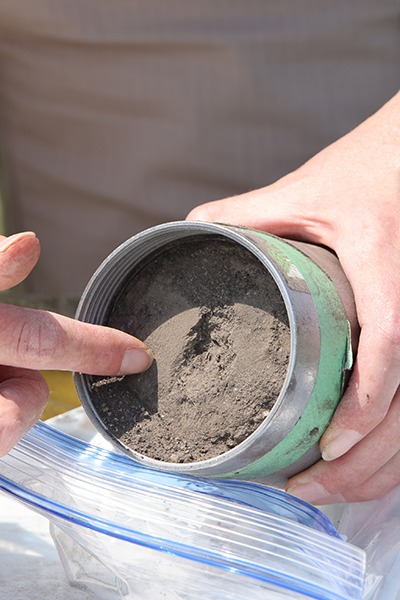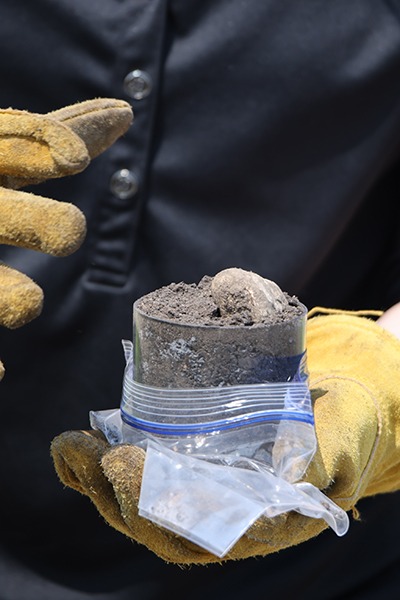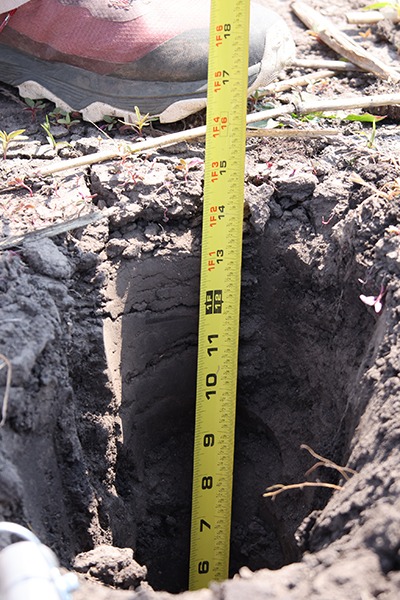Can Growing Cover Crops in Corn Systems Increase Soil Carbon?
This article was adapted from the review article “A global meta-analysis of cover crop response on soil carbon storage within a corn production system” first published in Agronomy Journal on March 22, 2023.
The short answer: Yes! Planting cover crops in corn fields increased soil organic carbon by an average of 7.3% in an analysis of 61 peer-reviewed studies with field trials. Combining cover crops with corn systems is a promising and versatile strategy to sequester atmospheric carbon in the soil.
The big picture: Cover crops are plants that typically are grown during fallow periods, between cash crops, and are not intended to be harvested. Instead, growers leave plant matter from terminated cover crops on the field. But how much carbon can you capture in the soil by including cover crops in rotation with corn?
To answer that question, we compared the results of 61 peer-reviewed studies and discovered that:
- The SOC increase rate at the 0-30cm depth was 0.88 megagrams (Mg) of SOC per ha per year globally in fields that were seeded with cover crops after corn.
- Based on the amount of US land with cover crops seeded to corn, about 5.5 million Mg of SOC per year are being sequestered annually. That’s more than 6 million US tons of carbon sequestered by including cover crops with corn.
- If all US and global corn fields used cover crops in their rotations, between 32 and 175 million Mg SOC per year respectively might be sequestered. At the highest end of that range, that’s about 192 million US tons of carbon sequestered.
Besides increasing SOC in corn fields, we also discovered that cover crops increased corn yield on average. The increase in corn yield was greater when legume cover crops were used compared to a mixture of different species and non-legume. However, more data related to cover crop termination time and crop yield is needed to make concrete idea about the impact of cover crop on corn yield.
Break it down: The amount of SOC increases in corn fields due to cover crop use are affected by various factors such as amount of cover crop biomass, tillage type, cover crop types, crop rotation, soil texture, duration of cover crop management and climatic zones.
- Cover crop biomass: For example, greater cover crop biomass production was linked with greater increases in SOC. To significantly increase the SOC in corn fields, cover crop biomass needs to reach at least 3 Mg per ha per year.
- Cover crop types: All cover crop types increased SOC when compared to fields without cover crops. Legume, mixtures, and non-legume cover crops increased SOC by 8.7, 6.6 and 6.7% respectively. Regardless of cover crop type, including cover crops with corn had a notable positive impact on SOC.
- Crop rotation: Regarding crop rotation, corn followed by corn had the greatest increase in SOC storage compared to corn followed by soybean.
- Soil texture: Compared to fine (clay) and medium textured soil we found coarse texture (sandy) soil had greater increase in SOC.
- Soil depth: Cover crops mostly increased SOC stock at the depth of 0-30cm compared to 0-60cm depth.
In short, the amount of soil carbon increase in corn systems with cover crops will depend on type of cover crop planted, amount of biomass produced, crop rotation, and soil texture. Planting cover crops in corn fields can be a promising management practice to increase SOC by sequestering atmospheric carbon dioxide, which ultimately reduces the carbon footprint of corn cropping systems.
Photo by Lynn Betts of NRCS/SWCS.








